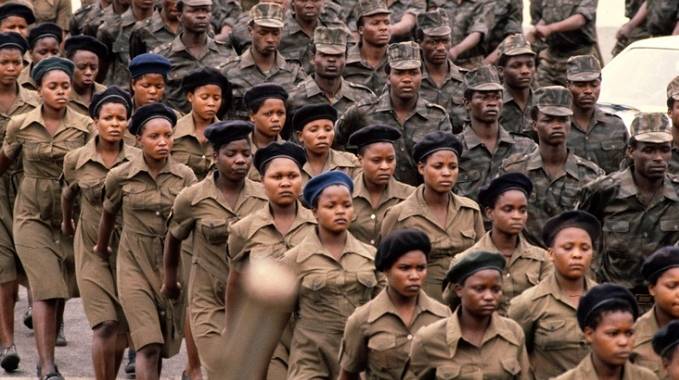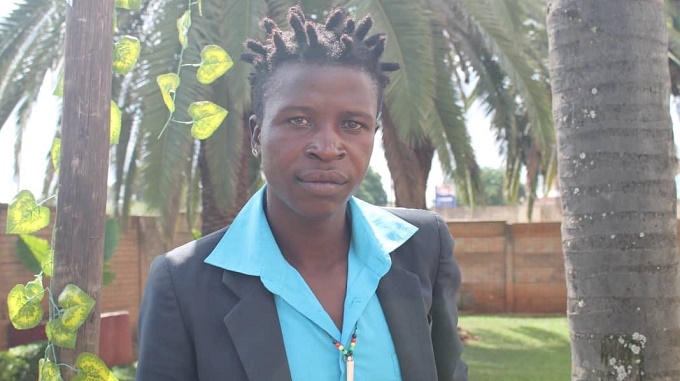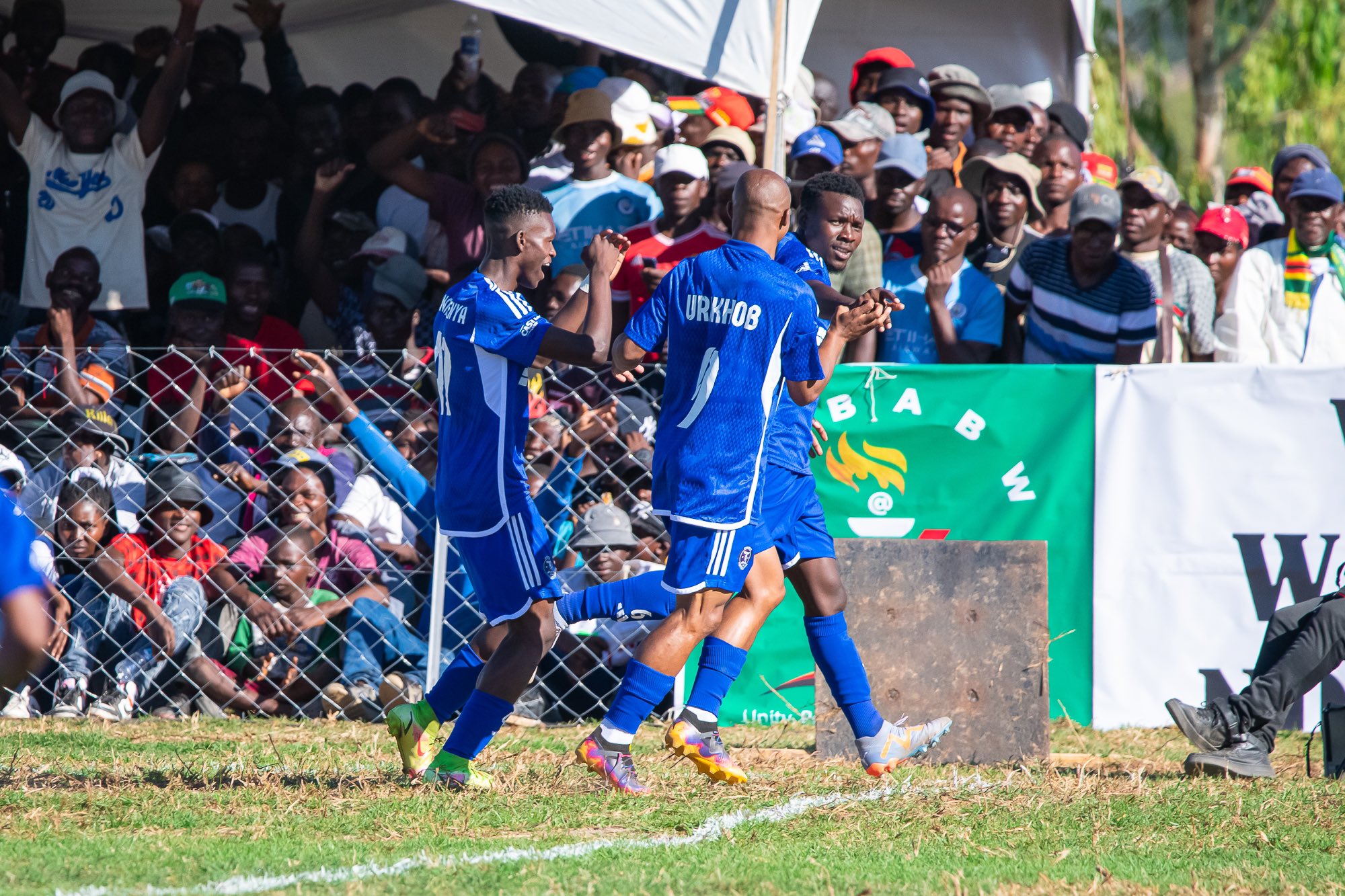Outnumbered Zipra guerillas wore cowbells to lull enemy forces

Nduduzo Tshuma, Political Editor
A combination of daring and brilliant ingenuity by Zipra forces during the liberation war scored morale-sapping victories over white settlers that often brought harsh reprisals on civillians.
Hit from numerous angles in unpredictable and relentless raids, the cowardly settlers would vent their frustrations on the black populace.
This is a narrative about sheer cunning and consummate guerrilla warfare, a mainstay in the Zipra arsenal that tilted the tide of the war and forced the settler regime to surrender.
Following an attack on a hitherto impregnable South African camp in Deka, Hwange district along the Zambezi in 1973, the whites shot 200 head of cattle before declaring that the villagers living in the surrounding areas should remove cowbells on their livestock.
They also established a “keep,” an enclosed and monitored community in the area to ensure that the locals do not interact with or aid the liberation fighters.
The reason; Zipra commandos wore cowbells to lull the settler camp into a false sense of security as they thought it was livestock approaching the camp, before getting close enough to strike devastatingly and almost wipe out the entire camp.
The camp was taken over and further developed by the Zimbabwe National Army after Independence in 1980.
One of the participants in the operation was former Zipra fighter and Retired Colonel in the Zimbabwe National Army, Cde Watson Twoboy Tshipa who later became the Northern Front 1 commander during the war of liberation.
Cde Tshipha said his commander then Roger Ncube popularly known as Matshimini visited the camp on the pretext that he was looking for employment.
“The camp was being used by South Africans who were helping the Rhodesians. During the day, Matshimini who was commander of that operation asked for a job at the camp washing the soldiers’ clothes,” said Cde Tshipha.
“When he got to the camp, Matshimini took off his guerrilla attire remaining with a loin cloth before entering to ask for a job.”
In the evening, Cde Tshipha said, Matshimini went back and instructed the combatants to remove all the bells from cattle in the area.

“Each of the combatants was made to strap a cowbell around their necks and as we moved towards the camp at night for the attack, the white soldiers mistook us for a herd of cattle,” said Cde Tshipha.
“I was so excited about the operation that I got two bells for myself and Matshimini rebuked me saying I should get just one. The idea of one bell per person on each of our necks was to allow us to hold our AK rifles properly and be able to fire at the enemy without hindrance.
“We got very close and as they thought they were chasing away the beasts, we cut them down with a hail of bullets. They were surprised by the attack and ran all over the camp confused by the ferocity of our fire.”
Cde Tshipha said the attack lasted for some minutes before the South African soldiers radioed the Rhodesian forces who responded by sending helicopters to the area.
“The helicopters came with spotting lights to rescue their South African counterparts. The place was suddenly turned into day light because of the spotting lights, it was so bright that you could see bullets falling,” he said.
“Using our guerrilla tactics, we melted away to the Zambezi River and crossed back to Zambia. It was a successful operation and we were happy with our exploits.”
As a result of the attacks, Cde Tshipha said, the Rhodesian government banned locals from putting bells on their cattle.
“Angered by the attacks, the Rhodesian forces also shot down 200 beasts to punish the locals for cooperating with the combatants. They ordered that villagers remove cowbells from the remaining cattle. They also established a ‘keep’ so that the villagers do not aid us after crossing the Zambezi,” said Cde Tshipha.
He said the Zipra combatants engaged in a number of operations and another that was still fresh on Cde Tshipha’s mind was the attack of another camp in Victoria Falls in 1974 that led to the Rhodesians fencing off the area.
“As we were growing, we spread our operations and attacked Peter’s Motel which is now the Sprayview Hotel in Victoria Falls. The hotels was again used by South Africans as their base. The idea of attacking the hotel was to try and suffocate Victoria Falls from functioning,” said Cde Tshipha.
“Later in 1976 to 77 we manage to lay siege on Victoria Falls. That’s the Rhodesians planted landmines on all its sides and it was also gated and fenced because we used to cross the recruits from Zambia, bring them into Victoria Falls and shoot at the police vehicles before returning them to the field.
“The area became a hot bed and that’s why they decided to fence it. They started mining along the river but by then we were also operating as detachments and had engineers charged with clearing the land mines.”
The two operations were among the many in which Zipra forces, outnumbered by the settler forces and with inferior weaponry, used their wits to employ unconventional but effective tactics to show the settlers the wisdom of letting the black majority rule their country.











Comments